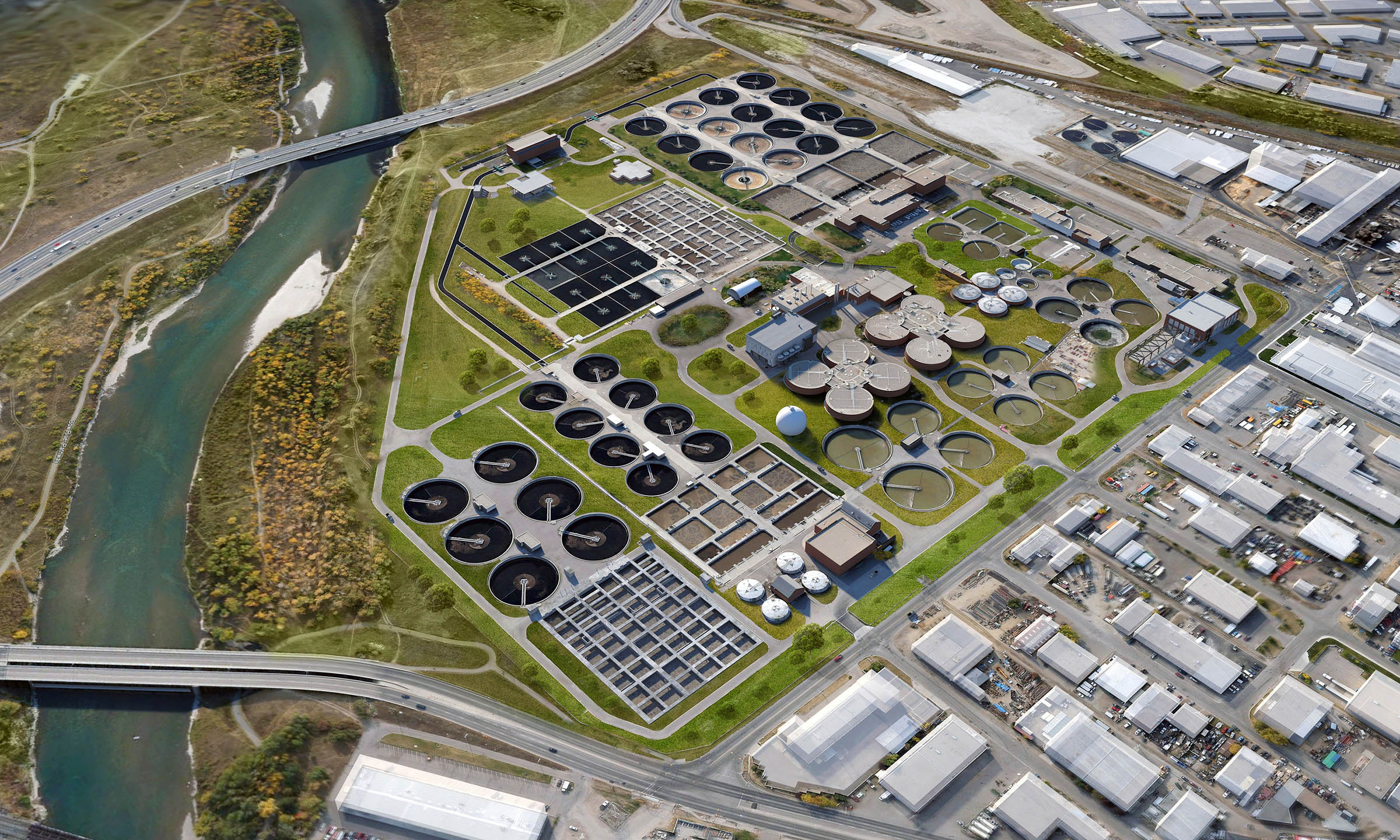Checking out the Duty of Biotechnology in Waste Water Treatment
Checking out the Duty of Biotechnology in Waste Water Treatment
Blog Article
Strategic Approaches to Enhance Drainage Treatment Performance and Lessen Environmental Influence
In the world of waste water treatment, the mission for improved effectiveness and reduced environmental impact is a continuous difficulty that requires strategic remedies. The assimilation of innovative therapy modern technologies, energy-efficient processes, source recuperation strategies, boosted nutrient removal methods, and clever tracking and control systems represents a complex framework for dealing with these pushing problems.
Advanced Therapy Technologies
Cutting-edge membrane filtration systems have actually reinvented advanced wastewater therapy processes, dramatically improving the removal of pollutants. This technology has confirmed to be highly effective in eliminating a vast variety of pollutants, consisting of pharmaceuticals, heavy steels, and organic substances, which are often challenging to eliminate with traditional treatment methods.
Additionally, membrane filtering systems provide countless benefits over conventional treatment strategies. Furthermore, these systems are extremely functional and can be quickly integrated right into existing therapy plants or utilized as standalone units for decentralized applications.
Energy-Efficient Procedures
The combination of energy-efficient procedures in wastewater treatment systems is vital for maximizing source utilization and decreasing operational prices. One essential technique to enhancing energy efficiency in wastewater therapy is the use of sophisticated aeration systems, such as fine bubble diffusers or surface area aerators, which can improve oxygen transfer performance and reduce power intake.
In addition, enhancing procedure control and automation through the usage of advanced sensing units and keeping an eye on systems can enhance general energy performance by changing procedures in real-time based upon actual need and conditions. Implementing power audits and frequently keeping track of energy performance indications are crucial practices to recognize locations for improvement and track energy-saving initiatives successfully. Overall, the adoption of energy-efficient processes in wastewater therapy not only profits the setting however likewise adds to long-term price savings and operational sustainability.
Resource Healing Approaches
With a concentrate on optimizing source utilization and sustainability in wastewater treatment systems, the execution of resource recovery strategies becomes a pivotal aspect in improving operational performance. Resource healing methods in wastewater treatment involve the recognition and removal of important resources from the waste stream, therefore turning what was as soon as considered waste right into a beneficial property. By carrying out resource healing techniques such as nutrient removal and healing, energy generation from organic matter, and the production of recyclable water, wastewater treatment plants can reduce ecological impact while taking site full advantage of efficiency.

Boosted Nutrient Removal Techniques
Applying advanced nutrient removal techniques is important for maximizing the effectiveness of wastewater therapy systems. One of the essential techniques utilized for boosted nutrient elimination is the procedure of biological nutrient removal (BNR), which involves the elimination of nitrogen and phosphorus through organic processes.

In enhancement to BNR, progressed therapy approaches such as membrane bioreactors (MBRs) and built wetlands can also be employed to boost nutrient removal efficiency. By including these innovative nutrient elimination methods into wastewater treatment communities, sectors and systems can properly reduce nutrient contamination and shield the atmosphere.
Smart Tracking and Control Equipment
Using cutting-edge technology, the combination of clever surveillance and control systems revolutionizes the functional efficiency of wastewater treatment centers. These systems include advanced sensing units and data analytics to continually keep an eye on vital specifications such as pH levels, turbidity, dissolved oxygen, and circulation rates in real-time. By collecting and examining this data, operators can obtain important insights into the efficiency of the therapy procedures, allowing positive changes to optimize treatment effectiveness.
Smart surveillance and control systems additionally support remote surveillance capacities, allowing drivers to accessibility real-time information and control features from off-site places. This remote access improves operational versatility and responsiveness, allowing quick treatments in case of system breakdowns or variations in influent top quality. The predictive maintenance capabilities of these systems aid avoid tools failures and reduce downtime, ultimately enhancing the total integrity of wastewater treatment procedures.
Final Thought
Finally, critical strategies such as sophisticated treatment innovations, energy-efficient processes, source healing strategies, enhanced nutrient elimination methods, and smart surveillance and control systems play a vital function in improving wastewater treatment performance and reducing ecological influence. By implementing these techniques, i thought about this wastewater therapy plants can enhance their overall efficiency, reduce energy consumption, recuperate valuable sources, and make sure compliance with environmental regulations. These techniques are important for effective and sustainable wastewater management practices.

In final thought, strategic methods such as advanced treatment innovations, energy-efficient processes, resource recuperation methods, boosted nutrient elimination methods, and wise surveillance and control systems play an essential function in improving wastewater treatment effectiveness and click to find out more minimizing environmental effect.
Report this page